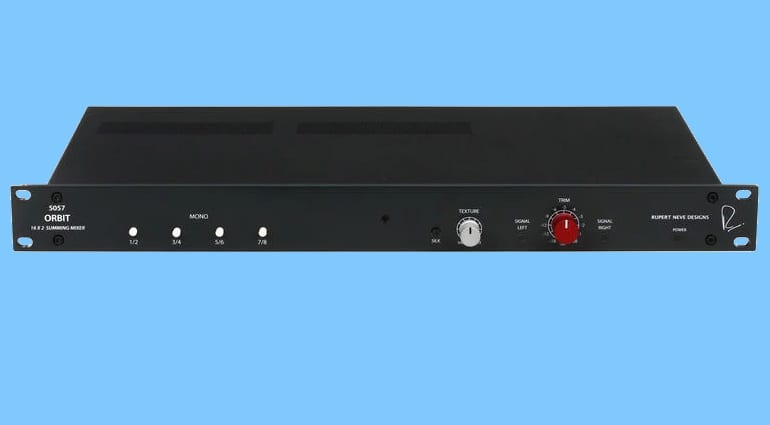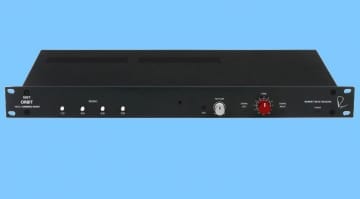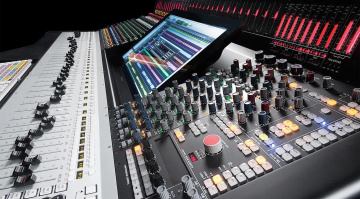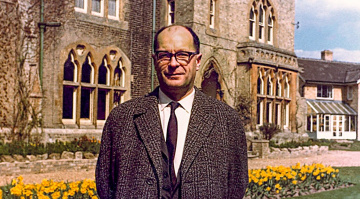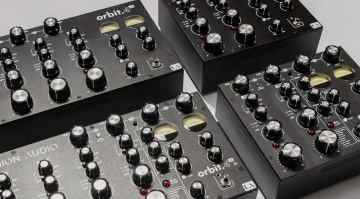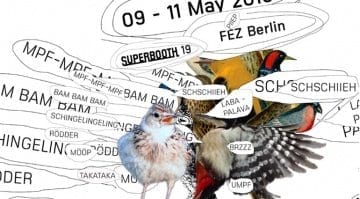Rupert Neve Designs 5057 Orbit Summing Mixer makes an early appearance
US dealer Sweetwater published its product page for the as yet unannounced Rupert Neve Designs 5057 Summing Mixer. A formal announcement is inevitable, and likely soon. Until then, here’s what the unit has to offer…
Rupert Neve Designs 5057 Orbit Summing Mixer
The 5057 is a 1U-sized 16-channel Class A Summing Mixer with Silk Red and Blue Saturation, Stepped Switching, and Custom Dual-tap Output Transformers. Like most summing mixers worth their price, the unit is reasonably sparse in outer design – the magic really happens on the inside.
Still, the front panel has a useful array of controls – mono summing for channels 1/2, 3/4, 5/6, and 7/8, Texture knob for the Silk analog saturation and status LED, Trim knob with LED indicators for left and right channel signal levels, and a Power LED. The rear panel features power input and switch, Lift/Ground switch, -6dB and Main outputs on L/R XLR connectors, Link jacks (to link multiple summing mixers), and the predictable pair of DB-25 inputs for channels 1 to 8 and 9 to 16.
The 5057 Orbit’s dual-tap output transformer configuration is borrowed from the Rupert Neve Designs Shelford Channel. The manufacturer claims a ‘purist’ signal path with fixed channel levels and high-quality stepped switching for the mix bus attenuator. ‘Vanishingly low’ crosstalk and ‘exacting’ +/- 0.1dB channel matching come as promised.
The Link jacks enable combining the 5057 Orbit with RND’s 5059 Satellite and 5060 Centerpiece modules for a complete summing, mixing, and monitoring system. All in all, the 5057 has the marking of a class product – it could very well bring one closer to the sound of an overdriven Neve console that’s coveted by numerous producers.
- 5057 Orbit summing mixer – front · Source: Sweetwater
- 5057 Orbit summing mixer – rear · Source: Sweetwater
Price and availability
At USD 1999, the 5057 Orbit is very reasonably priced considering its heritage and specifications. The unit is within reach of both smaller and professional studios. Definitely lots to like here! Of course, plug-in emulations of console channel strips sound quite convincing these days. But I like to say that computers sound like computers and electricity sounds like electricity. In my experience, good analog gear always lends a subtle 3D-quality and ‘bigness’ to audio that seems to evade those mathematically precise emulations for now. If the budget and space allow it, going from the computer through analog and back into the box is almost always worth it.
More information
- RND 5057 Orbit at Sweetwater (Note that the link may be taken down eventually. It works at the time of writing.)
- More from the manufacturer

 5,0 / 5,0 |
5,0 / 5,0 | 